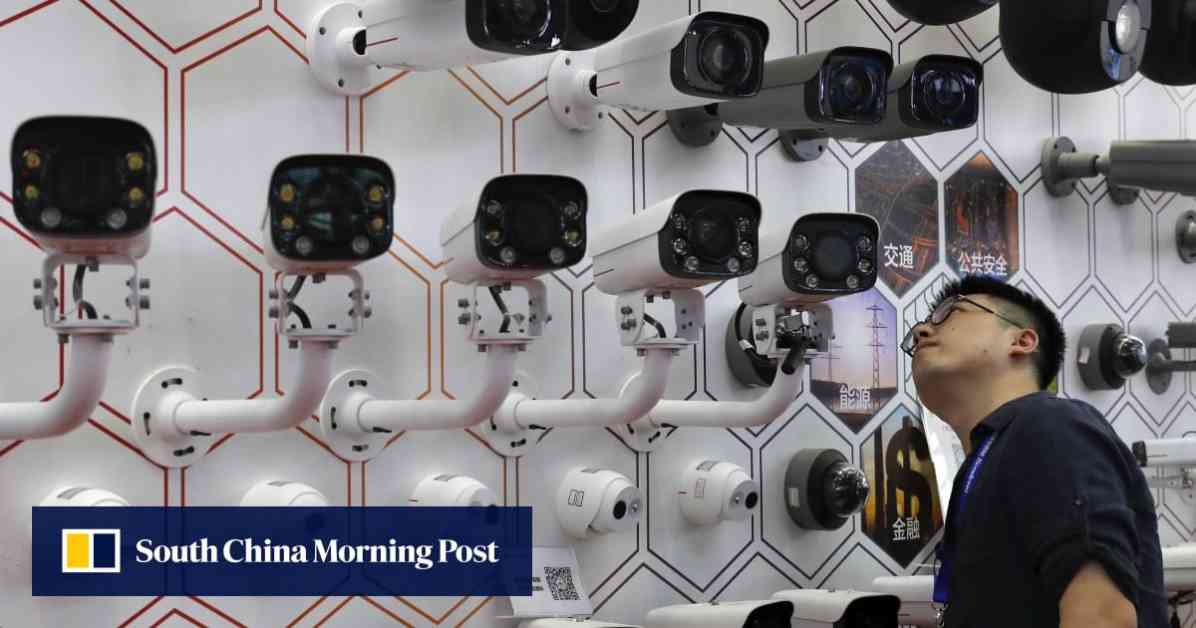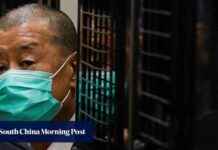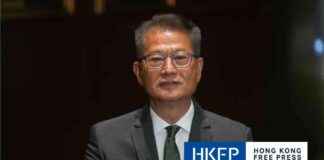China Enhances Export Controls on Military-Civilian Technology
In a proactive move to safeguard its national security, China has intensified its export controls on items that possess both civilian and military applications. This strategic decision, approved by the State Council, aims to address potential external threats and ensure that dual-use goods do not fall into the wrong hands. While specific details of the regulation have not been disclosed, the Ministry of Commerce released a draft of the rules for public feedback earlier this year, highlighting the government’s commitment to transparency and accountability in its regulatory efforts.
The need for refining the 2020 Export Control Law and establishing a unified framework for managing the export of dual-use goods is evident in the evolving landscape of technology and innovation. With advancements in communication, remote control technologies, and the utilization of key raw materials in military applications, it is imperative for China to stay ahead of potential risks and vulnerabilities. The recent incidents in Lebanon, where civilian-use products like pagers and walkie talkies were weaponized, serve as a stark reminder of the dual nature of technology and the importance of proactive regulation.
Expert Insights on China’s Export Controls
Lu Xiang, a research fellow at the Chinese Academy of Social Sciences, emphasized the timeliness of the State Council’s decision to strengthen export controls on military-civilian technology. He noted that sectors previously not considered dual-use have demonstrated clear military applications, necessitating a comprehensive regulatory framework to mitigate risks effectively. By addressing the fragmented and imperfect regulations surrounding exports of nuclear technology, missiles, biotech, and chemicals, China is taking a proactive stance in safeguarding its national interests and technological advancements.
The integration of emerging technologies into traditional military applications poses unique challenges for export control regimes worldwide. As the boundaries between civilian and military technologies blur, countries must adapt their regulatory frameworks to address potential security threats effectively. China’s proactive approach to enhancing export controls reflects its recognition of the evolving nature of technological innovation and the need to stay ahead of emerging risks in the global security landscape.
Implications for National Security and International Relations
The strengthening of export controls on military-civilian technology by China has significant implications for national security and international relations. By proactively managing the export of dual-use goods, China aims to prevent the proliferation of sensitive technologies to unauthorized entities and safeguard its strategic interests. This regulatory initiative aligns with China’s broader efforts to enhance its technological capabilities and assert its position as a global leader in innovation and security.
Furthermore, China’s actions in strengthening export controls on military-civilian technology are likely to impact its relations with other countries, particularly those involved in the export and import of sensitive technologies. As China continues to expand its technological prowess and influence on the global stage, it is essential for the international community to engage in constructive dialogue and collaboration to ensure the responsible and secure transfer of dual-use technologies.
In conclusion, China’s decision to strengthen export controls on military-civilian technology underscores its commitment to protecting national security and advancing its technological capabilities. By addressing the dual-use nature of emerging technologies and refining its regulatory framework, China is taking proactive steps to mitigate potential risks and vulnerabilities in an increasingly complex security environment. As technology continues to evolve, it is essential for countries to adapt their regulatory mechanisms to address the challenges posed by the convergence of civilian and military applications.



















